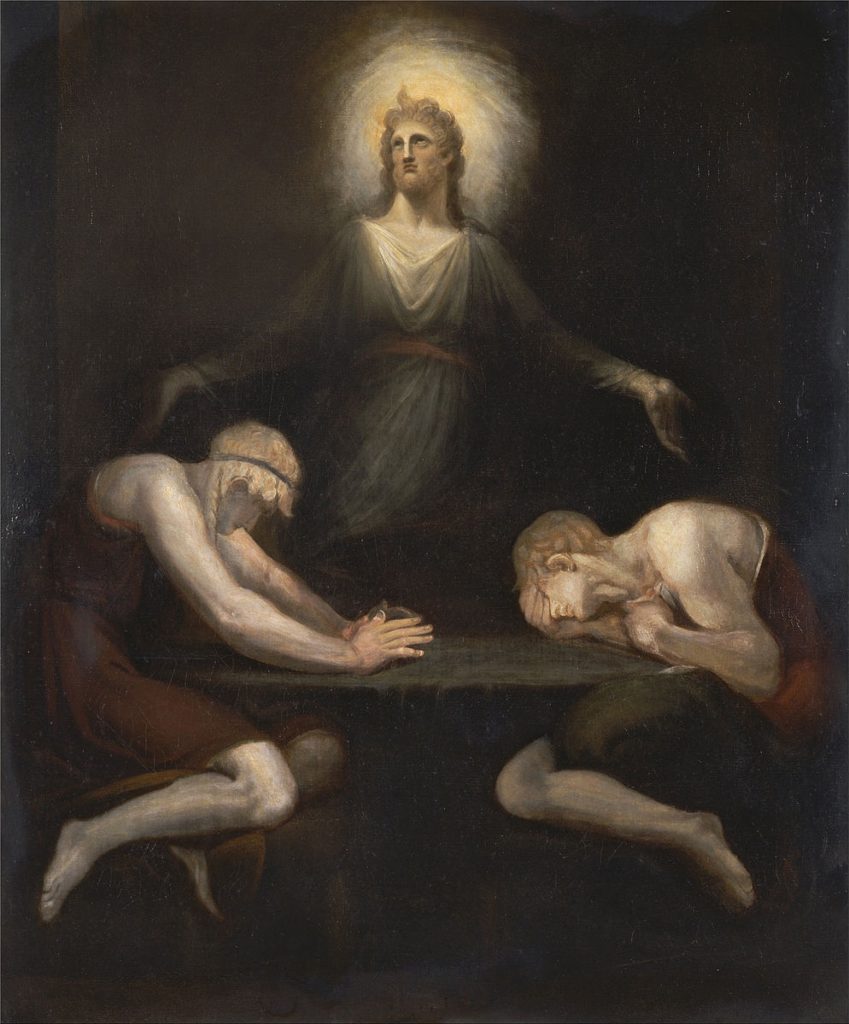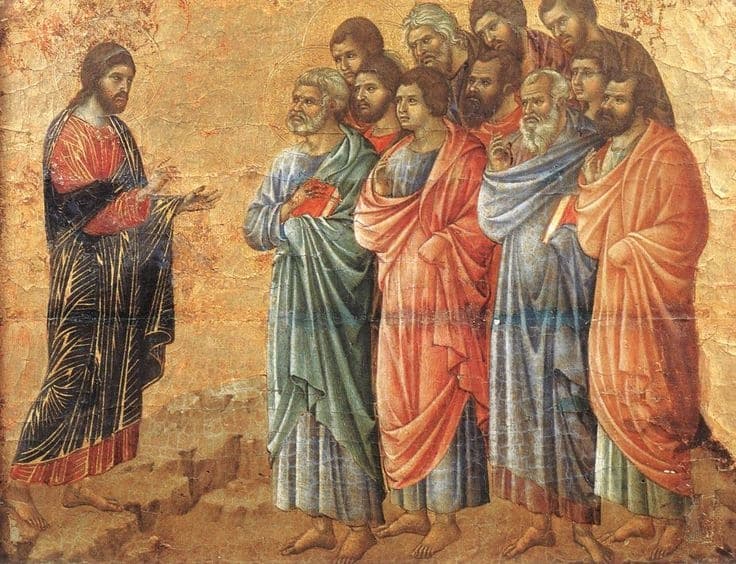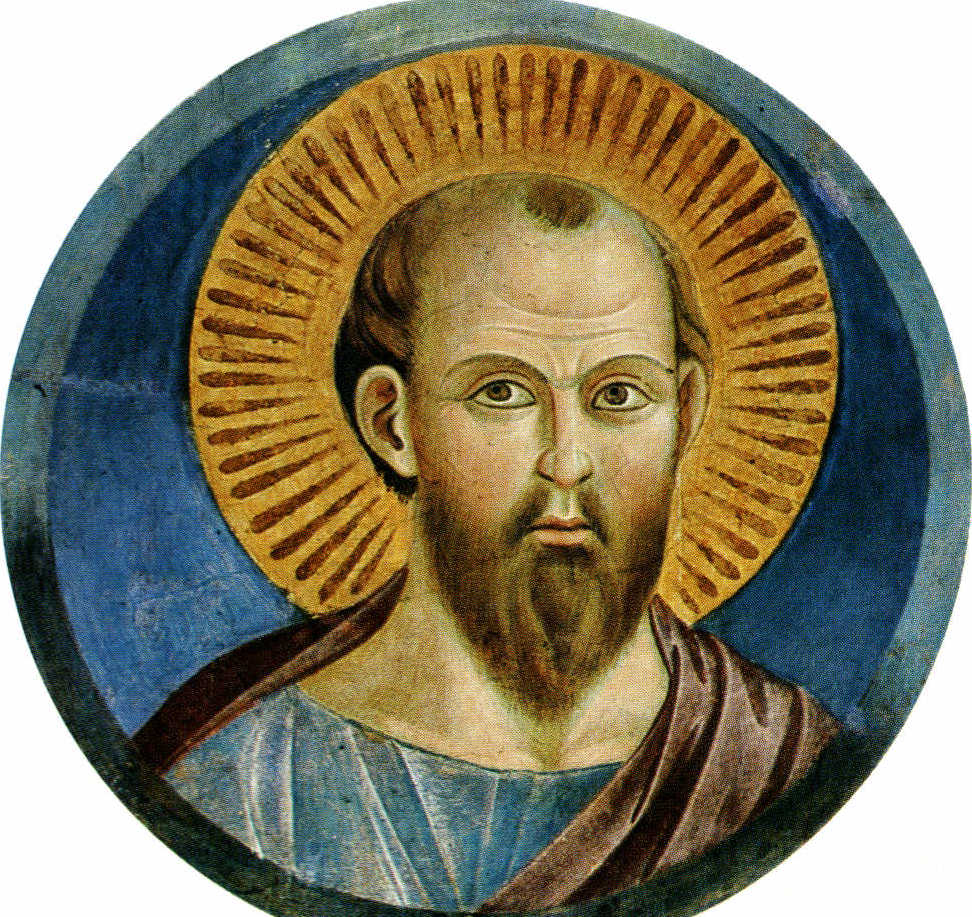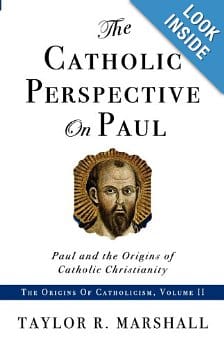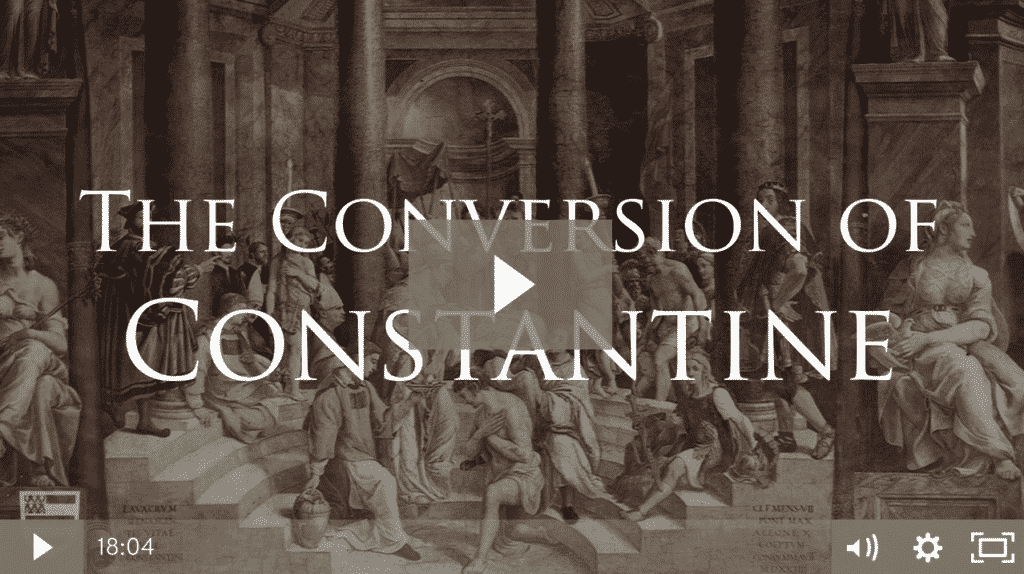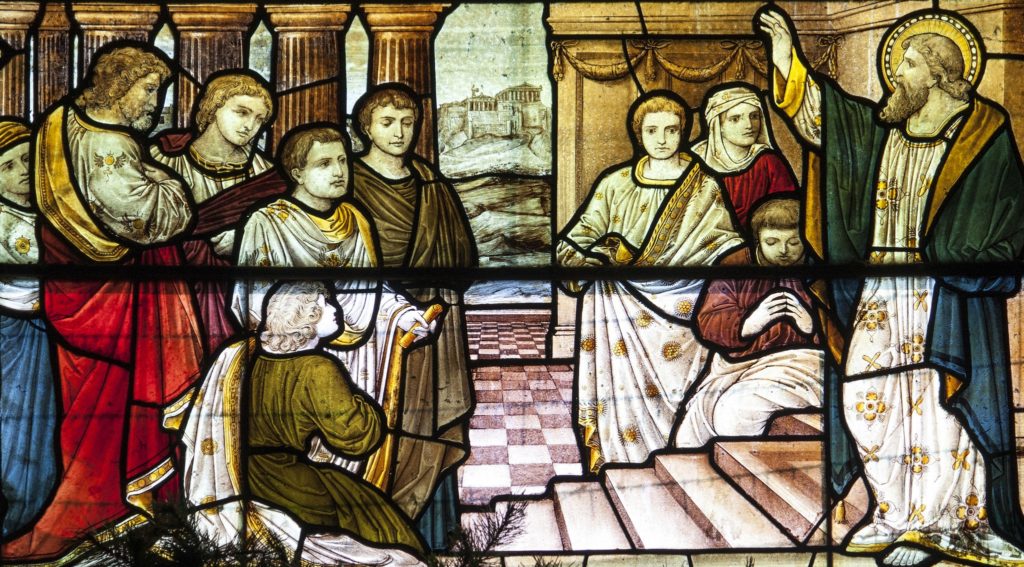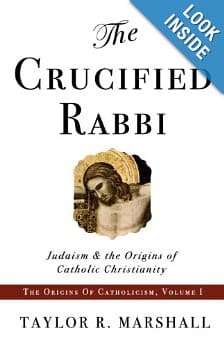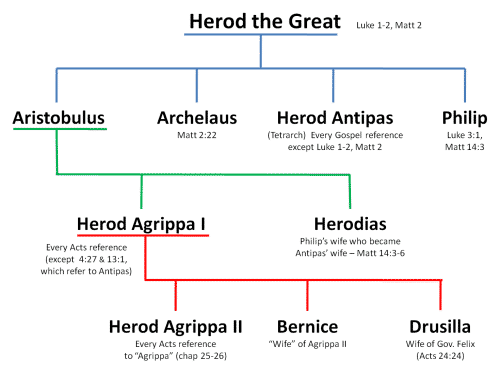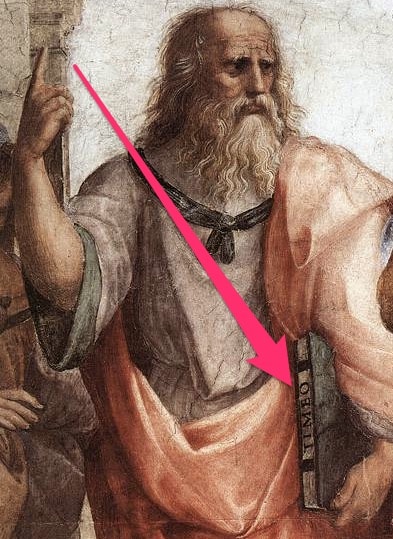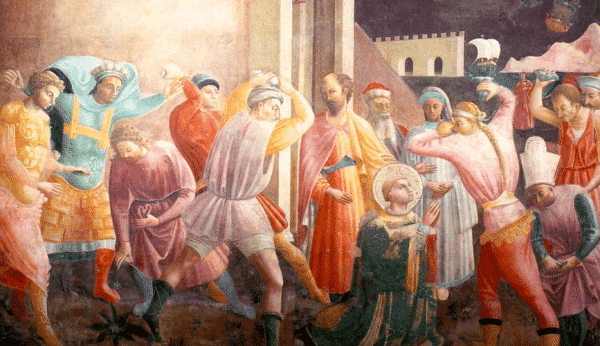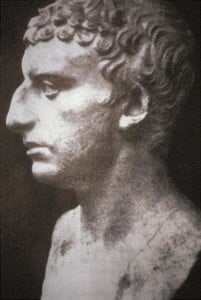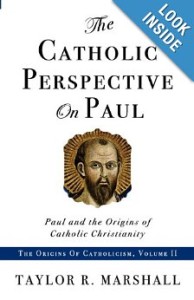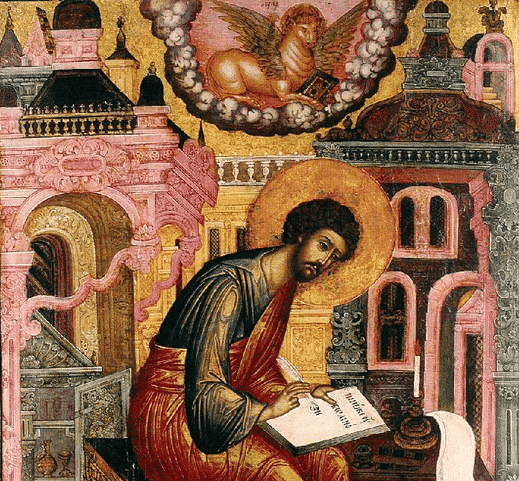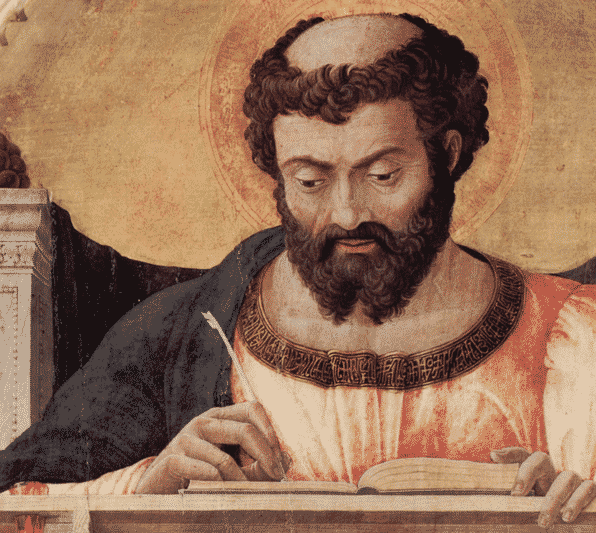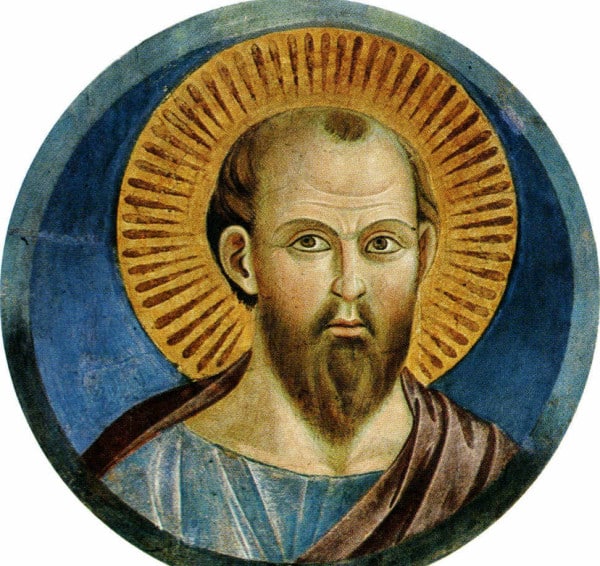The day after Easter I wrote about the appearance of Christ to “over 500 at the same time” mentioned by Saint Paul in 1 Corinthians. Who were they? You can read it here. I provided four possible options.
Since then I’ve found a fifth option within Saint Luke’s Gospel. As I explain in my book The Catholic Perspective on Paul, I always try to interpret Saint Paul’s Epistles in light of Luke-Acts and vice versa. I do this because Saint Paul explicitly cites the Gospel of Luke as Sacred Scripture (read about it here).
So this new “fifth option” of finding Christ appear to the 500 within Luke’s Gospel is especially attractive to me, since I believe that Saint Paul received and carried Luke’s written Gospel as his favorite Gospel:
Luke on Christ appearing to more than the Apostles “at one time”:
It is the episode after the apparition of Christ to the two disciples on the Road to Emmaus on the actual afternoon of Christ’s resurrection. First, Christ appears to “the women,” and then to Peter in the morning. Then later, on the road to Emmaus Christ appears to the two, and then once again to a larger group that includes the Apostles who are gathered with an unspecified number of people:
33 And they [the two Emmaus witnesses] rose that same hour and returned to Jerusalem; and they found the Eleven gathered together and those who were with them [Is this the 500? We are not told how many had gathered together with the Apostles on that day, but word had gotten out already since the two on the road had already heard of it – so the followers of Jesus were already talking and likely coming together on Sunday], 34 who said [to the two returning from Emmaus], “The Lord has risen indeed, and has appeared to Simon!” [So Luke records Jesus appearing to Peter here] 35 Then they told what had happened on the road, and how he was known to them in the breaking of the bread. [Euchastic theology here]
36 As they were saying this, Jesus himself stood among them, and said to them [the Apostles, the two from the Road to Emmaus and however many more – is this the 500?], “Peace to you.” 37 But they were startled and frightened, and supposed that they saw a spirit. 38 And he said to them, “Why are you troubled, and why do questionings rise in your hearts? 39 See my hands and my feet, that it is I myself; handle me, and see; for a spirit has not flesh and bones as you see that I have.” 40 And when he had said this, he showed them his hands and his feet. 41 And while they still disbelieved for joy, and wondered, he said to them, “Have you anything here to eat?” 42 They gave him a piece of broiled fish, 43 and he took it and ate before them. [It doesn’t get more “resurrection of the body” than that.]
This is definitely a resurrection appearance of Christ, but I had never previously noted that the Apostles were not alone. They were with “others.” Could this be the “500 at one time” from 1 Corinthians. I’m now inclined to think so.
Luke’s Timeline for First Week after Resurrection:
I’m also wondering if Luke has telescoped the timeline here. Luke specifically says that the two disciples arrived to Emmaus on the day of the resurrection: “today is the third day since these things happened.”
But then after dark they have invite the Stranger (Jesus) to dine with them and during the dinner the Stranger “breaks bread” and they realize that is is Jesus! By now it’s likely 8pm.
It says that they rose up and returned to Jerusalem. But Jerusalem is 7 miles from Emmaus. If they ran it would take 1-2 hours. If they walked, it would take about 3 hours. By now it’s closer to midnight.
I believe that the two Emmaus disciples actually met up with the Eleven one week later. Why?
Luke says that the “eleven” were together, and that they touched and “handled” Christ. However, John tell us on the day of the Resurrection (first day of Easter), only 10 Apostles were assembled and not all 11 Apostles since Thomas was absent. It was the next Sunday that Thomas was there (all 11 Apostles) and we have the details of touching and handling Jesus Christ. This, I think, is when the 2 Emmaus disciples met with the “eleven.”
For those interested in private revelation, Blessed Anne Katherine Emmerich states that the two disciples on the Road to Emmaus were Cleopas (named in the Gospel) and…Saint Luke.
You can leave a comment by clicking here.


